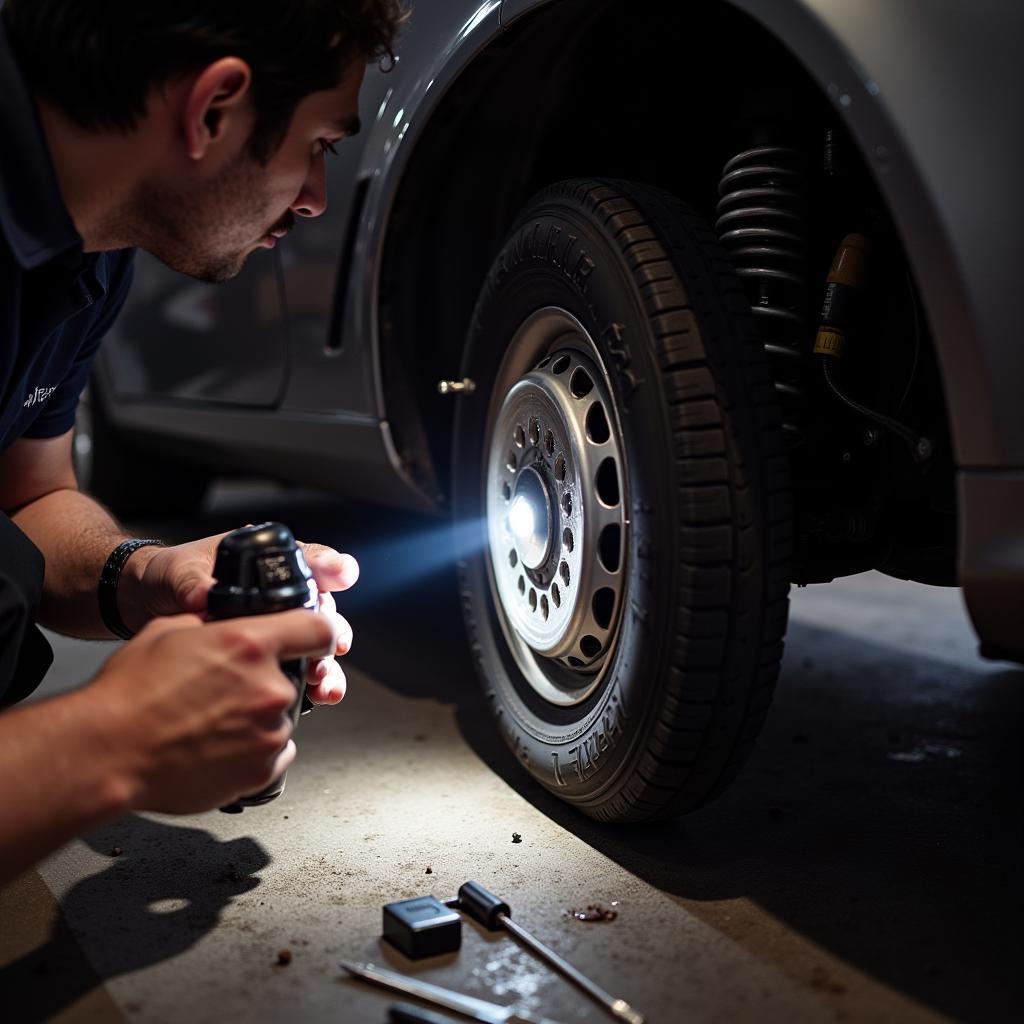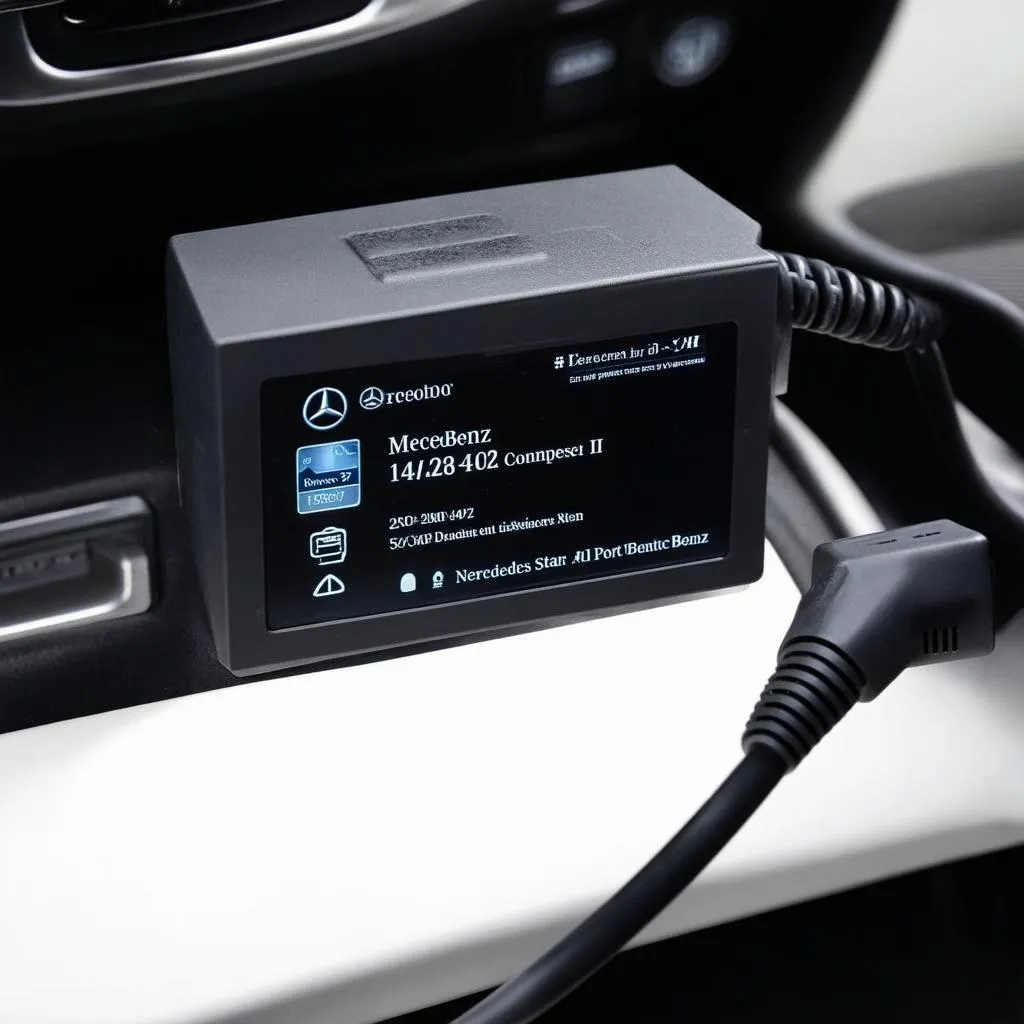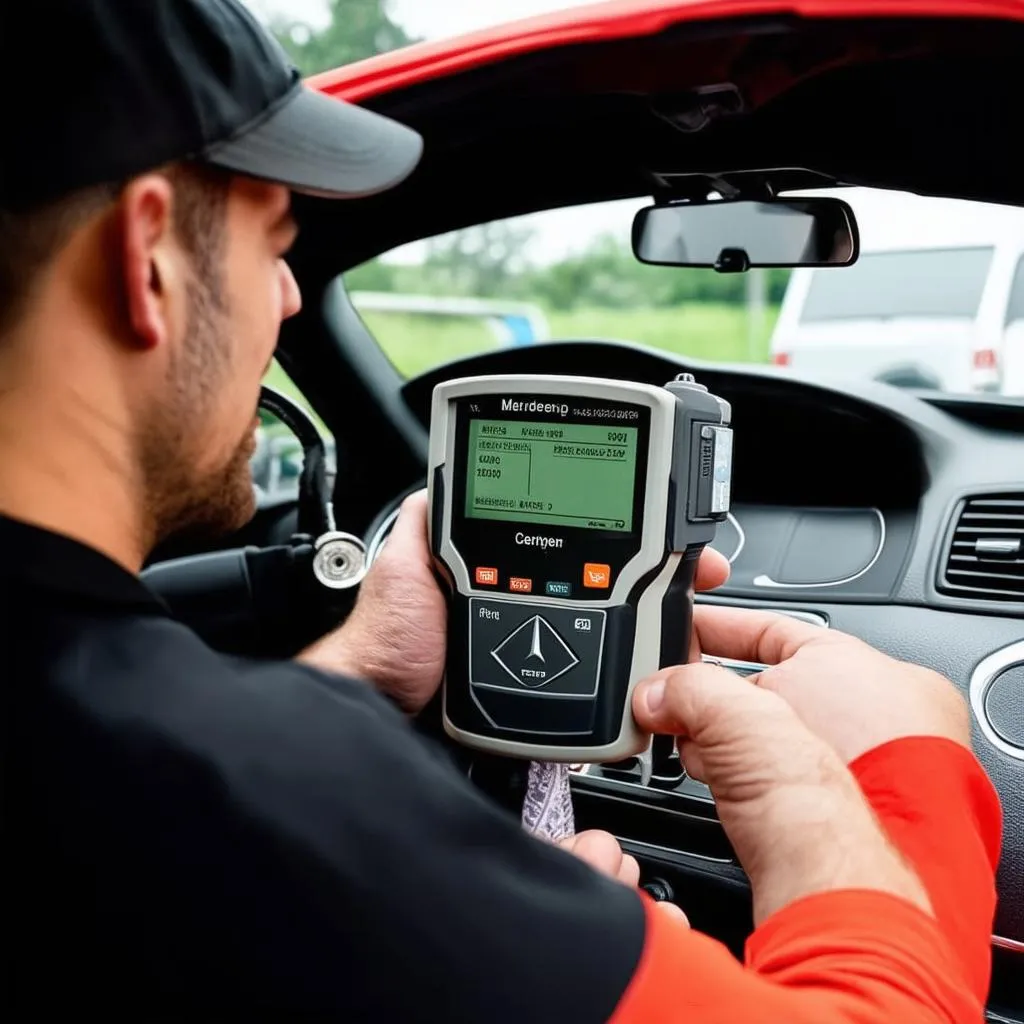The dreaded rusted spring perch issue is a common problem for Mercedes owners, particularly those frequenting mbworld.org looking for a mercedes fix for rusted spring perch. This guide will delve into the causes, solutions, and preventative measures for dealing with this frustrating and potentially dangerous situation.
Understanding the Mercedes Spring Perch Problem
The spring perch is a critical component of your Mercedes’ suspension system. It’s the structural point where the coil spring sits, transferring the vehicle’s weight to the suspension and allowing for a smooth ride. Over time, exposure to road salt, moisture, and other environmental factors can cause these perches to rust, compromising their structural integrity. This rust can weaken the perch to the point of failure, leading to a dangerous driving situation and costly repairs.
Why are Rusted Spring Perches Dangerous?
A severely rusted spring perch can fracture, causing the coil spring to dislodge. This can result in a sudden loss of control, potentially leading to an accident. Furthermore, a broken spring perch can damage other suspension components, tires, and even the body of your vehicle. Ignoring a rusted spring perch is not an option; it’s a safety hazard that demands immediate attention.
Identifying a Rusted Spring Perch
Early detection is key to preventing a catastrophic failure. Look for these signs:
- Visible Rust: Obvious rust on the spring perch is a clear indicator of a potential problem.
- Squeaking or Clunking Noises: Unusual noises from the suspension, especially when going over bumps or turning, could signify a compromised spring perch.
- Uneven Ride Height: If one corner of your Mercedes sits lower than the others, a broken or weakened spring perch could be the culprit.
- Handling Issues: Difficulty steering or maintaining control, especially during cornering, could indicate suspension problems, including a rusted spring perch.
What to Do If You Suspect a Rusted Spring Perch
If you notice any of these signs, take your Mercedes to a qualified mechanic immediately for a thorough inspection. Don’t attempt to drive the vehicle if you suspect a severely rusted or broken spring perch.
 Mechanic inspecting a Mercedes-Benz spring perch for rust and damage.
Mechanic inspecting a Mercedes-Benz spring perch for rust and damage.
Mercedes Fix for Rusted Spring Perch: Repair Options
There are two primary repair options for a rusted spring perch:
- Repairing the existing perch: This involves removing the rust, reinforcing the weakened area with welding, and applying a protective coating. This option is typically less expensive but may not be suitable for severely rusted perches.
- Replacing the spring perch: This is the recommended solution for severely damaged perches. It involves removing the old perch and installing a new one. While more expensive, it provides a more permanent and reliable fix.
Choosing the Right Repair Option
The best repair option depends on the extent of the rust damage and the specific model of your Mercedes. A qualified mechanic can assess the damage and recommend the most appropriate solution.
“Replacing the spring perch is often the best long-term solution, especially for older Mercedes models prone to rust,” says John Davis, a seasoned automotive engineer with over 20 years of experience specializing in European vehicles. “While a repair might seem cheaper initially, a complete replacement offers greater peace of mind and avoids potential future problems.”
Preventing Rusted Spring Perches
Prevention is always better than cure. Here are some tips to prevent rusted spring perches on your Mercedes:
- Regular Washing: Wash your car regularly, especially during winter months, to remove road salt and other corrosive materials.
- Undercoating: Applying an undercoating can help protect the undercarriage of your vehicle from rust.
- Regular Inspections: Have your Mercedes inspected regularly by a qualified mechanic, particularly the suspension components.
Keeping Your Mercedes in Top Condition
By following these preventative measures and addressing any rust issues promptly, you can keep your Mercedes running smoothly and safely for years to come.
Conclusion
Rusted spring perches are a serious issue for Mercedes owners. By understanding the causes, symptoms, and solutions, you can address this problem effectively and prevent potentially dangerous situations. Regular maintenance and inspections are crucial to catching this issue early, ensuring a mercedes fix for rusted spring perch is timely and effective, keeping your Mercedes safe and on the road.
FAQ
- How much does it cost to fix a rusted spring perch? The cost varies depending on the extent of the damage and the specific Mercedes model.
- Can I fix a rusted spring perch myself? While possible, it’s recommended to have a qualified mechanic perform the repair.
- How long can I drive with a rusted spring perch? It’s not safe to drive with a suspected rusted or broken spring perch. Have your vehicle inspected immediately.
- Are all Mercedes models susceptible to rusted spring perches? While some models are more prone to rust, all Mercedes vehicles can experience this issue.
- How often should I inspect my spring perches? Regular inspections, especially during winter months, are recommended.
- What are the signs of a broken spring perch? Uneven ride height, unusual noises, and handling issues can indicate a broken spring perch.
- Can rustproofing prevent spring perch rust? Rustproofing can help protect the undercarriage and reduce the risk of rust.
“Regular preventative maintenance is far less expensive and troublesome than dealing with a catastrophic failure due to a rusted spring perch,” advises Susan Miller, lead technician at a specialized European auto repair shop. “Catching these issues early can save you a lot of money and hassle in the long run.”
Need help with your Mercedes? Contact us via Whatsapp: +1 (641) 206-8880, Email: CARDIAGTECH[email protected] or visit us at 276 Reock St, City of Orange, NJ 07050, United States. Our team is available 24/7 to assist you.


